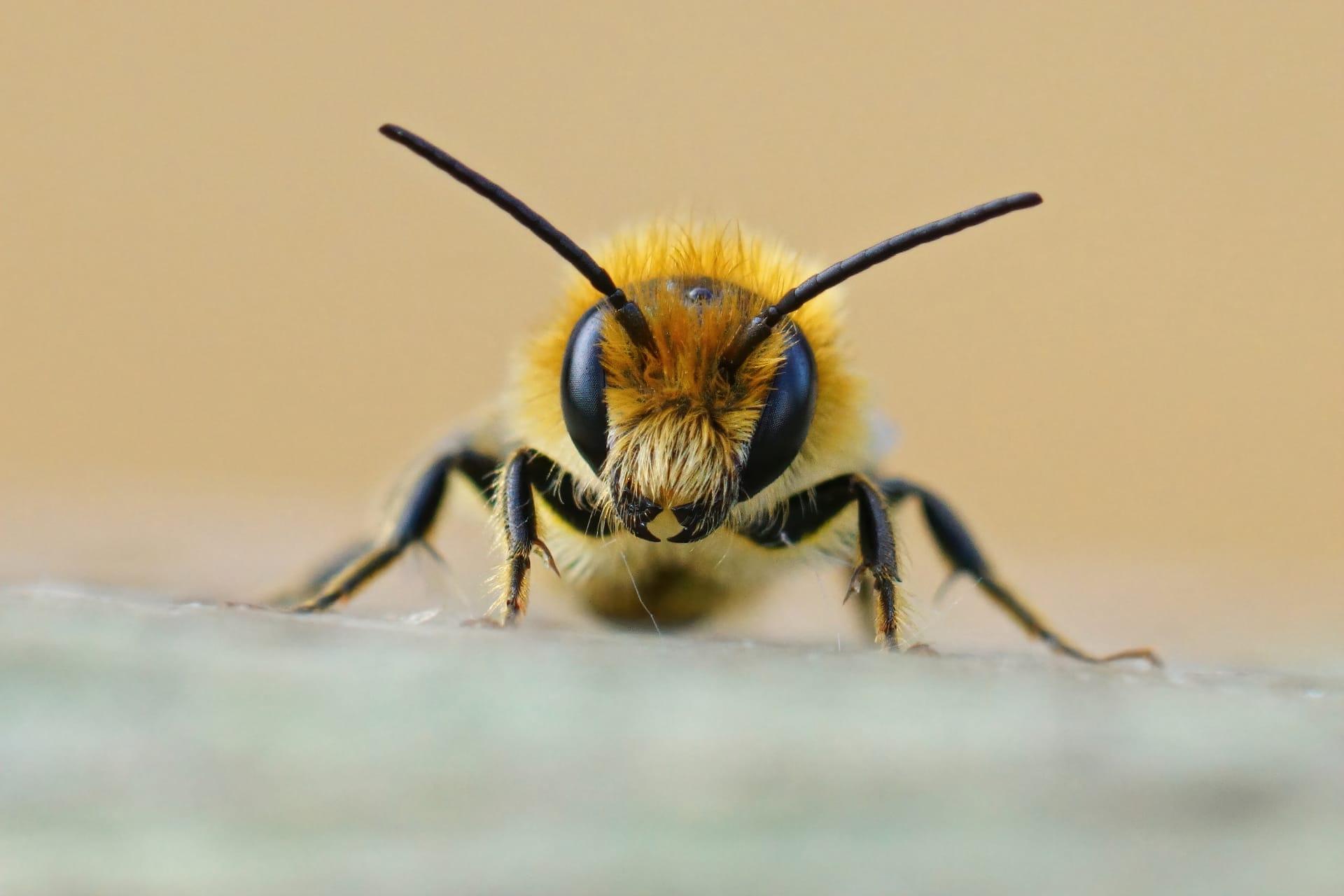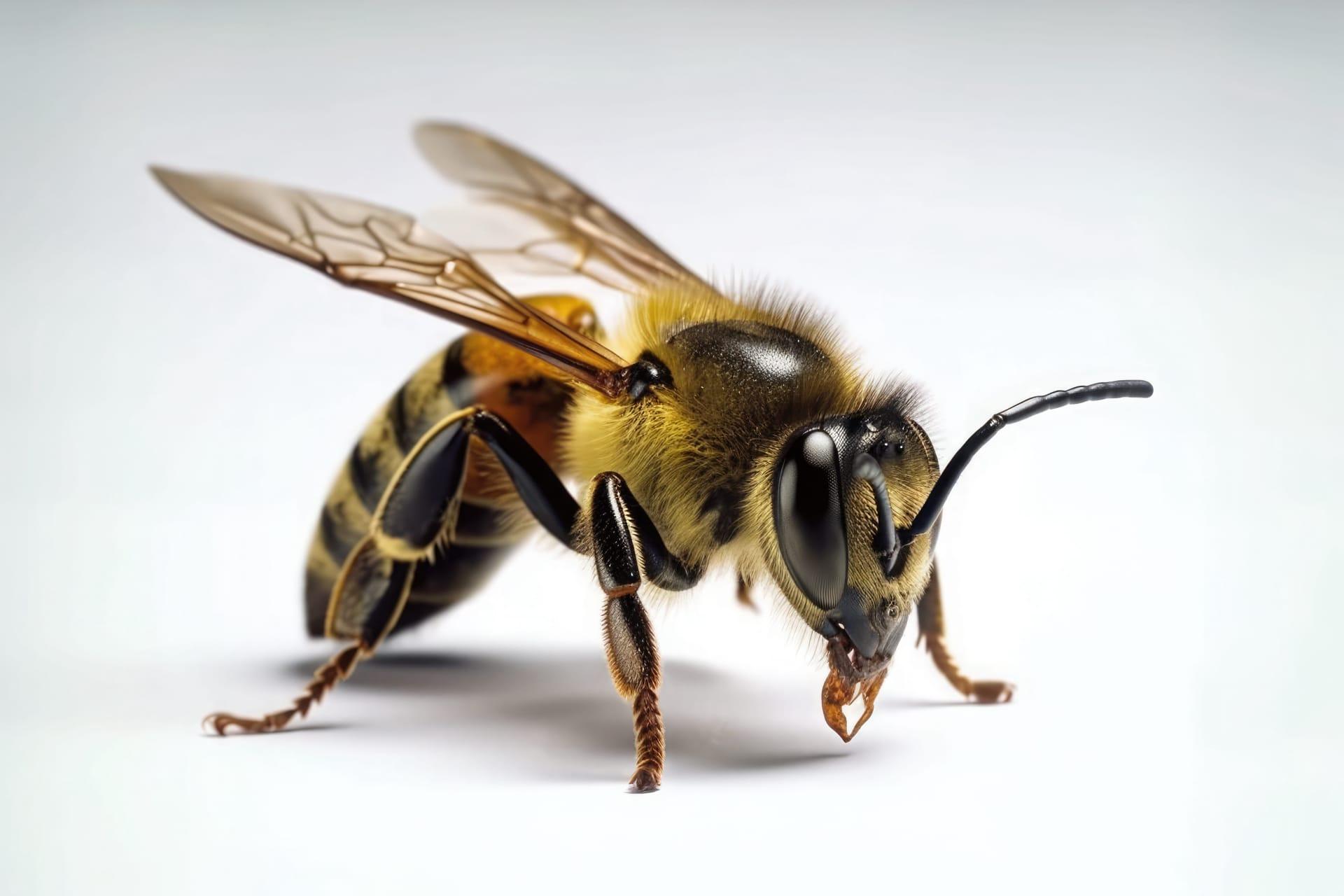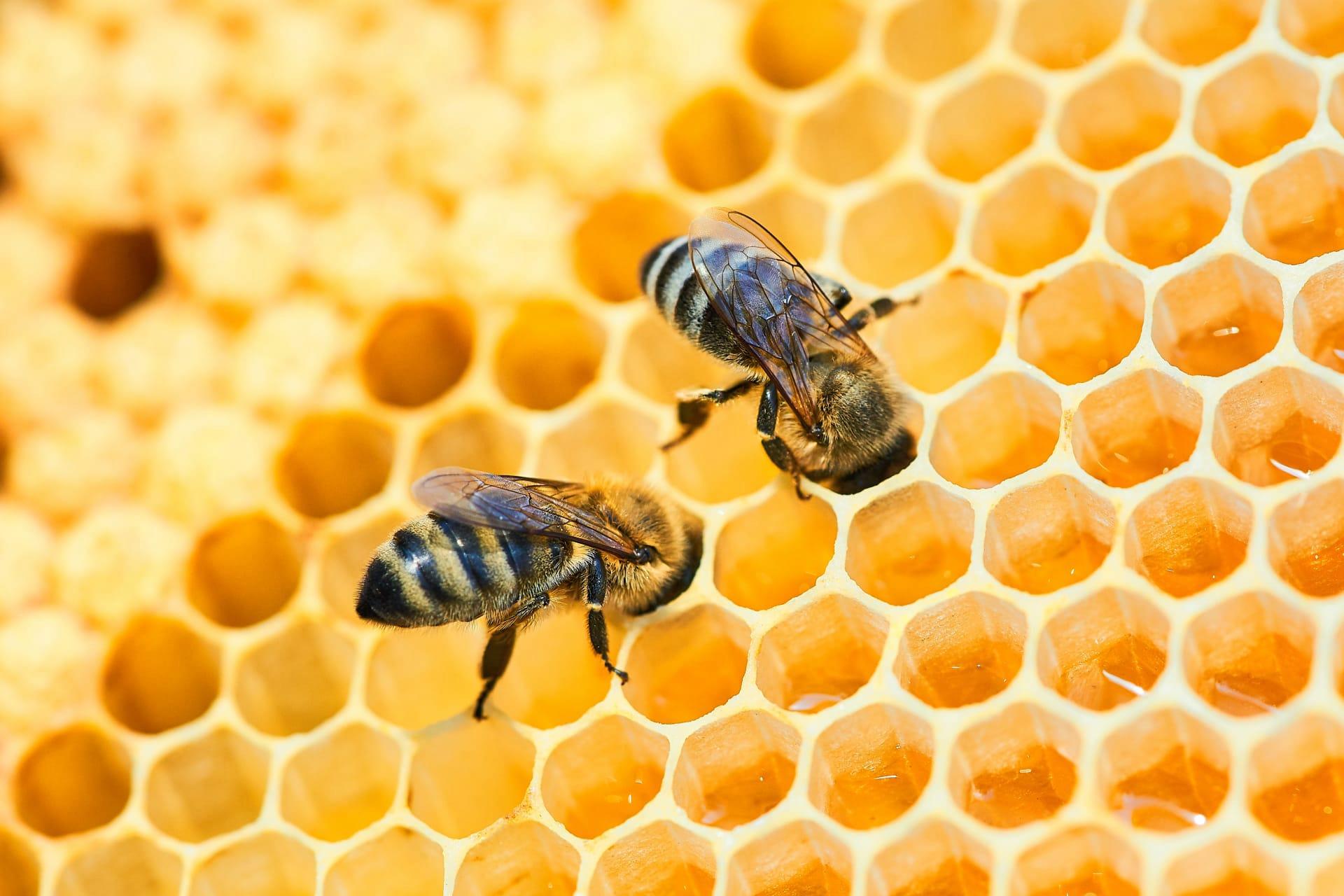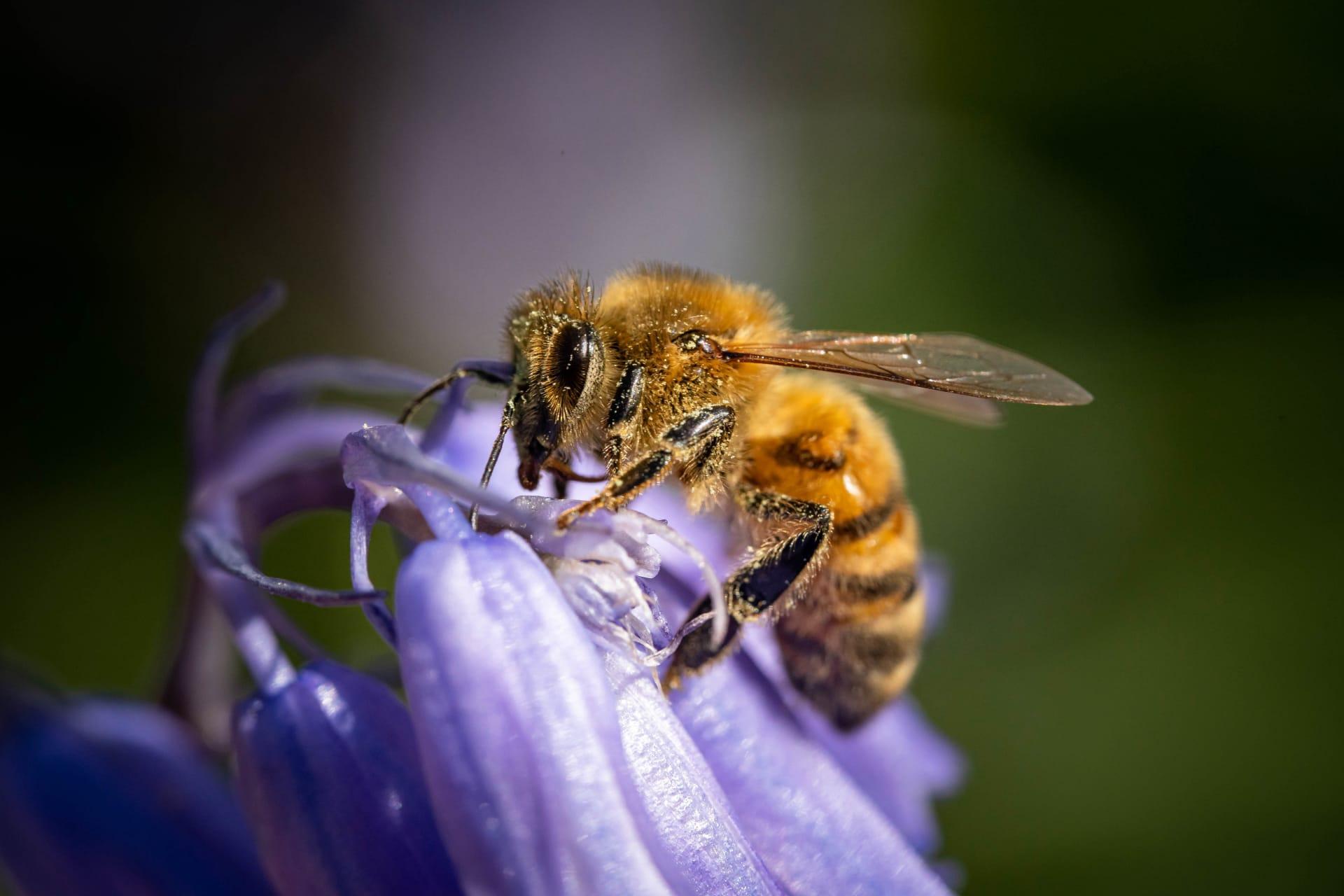Bees Characteristics
- Home /
- Mini Encyclopedia /
- Animal /
- Bees Characteristics
1
Buzzing into the world of bees, we find creatures of remarkable design and function. A typical honeybee, part of a family that includes over 20,000 species, flaunts a compact size, usually measuring about half an inch in length. These industrious insects are not just small; they're mighty, living typically between 122 to 152 days. Worker bees, the hive's backbone, have a slightly shorter lifespan, especially during busy seasons when they work themselves to exhaustion. The queen bee, however, can live up to 5 years, thanks to her specialized diet and protective hive environment.
Among the bee's fascinating anatomical features, the proboscis stands out – a unique, elongated appendage that serves as a nectar-gathering straw. This organ is a marvel of evolutionary engineering, allowing bees to access nectar deep within flowers. The proboscis works by extending to dip into the flower's nectar reserves and retracting to bring the sweet reward back to the hive. This not only aids in the bee's survival but also plays a pivotal role in pollination, a critical process for our planet's biodiversity and food supply.

2
One common curiosity about bees is, "Why do bees dance?" This question taps into one of the most fascinating aspects of bee behavior.
The answer lies in their sophisticated method of communication, known as the "waggle dance." When a forager bee discovers a new nectar source, it returns to the hive and performs a dance on the honeycomb. The dance's direction, duration, and intensity convey the location, distance, and quality of the food source to fellow bees. This remarkable form of communication ensures the hive's efficiency and survival, showcasing the intricate social structure and intelligence of bees.

3
Bees exhibit extraordinary mobility, powered by their wings that beat at an impressive 200 beats per second. This rapid flapping enables them to hover and maneuver with precision, reaching speeds of up to 15 miles per hour. Their flight mechanism is a subject of extensive study, contributing valuable insights into aerodynamics and robotics.
In terms of predation, bees are both hunters and the hunted. They collect pollen and nectar with precision, using their hairy bodies to trap pollen as they move from flower to flower. However, they must also evade predators like birds and spiders. Their stingers serve as a defense mechanism, deterring potential threats and protecting their hive.

4
Bees thrive in diverse environments, from dense forests to urban gardens. They prefer areas rich in flowering plants, which provide the necessary pollen and nectar for their survival. The health of bee populations is closely linked to their habitat's quality, making conservation efforts crucial.
Reproduction is central to the bee's lifecycle, with the queen bee laying up to 2,000 eggs per day during peak season. The hive's intricate social structure supports this reproductive effort, with worker bees caring for the young and maintaining the hive, ensuring the colony's continuity and resilience.

5
Book: "The Hive: The Story of the Honeybee and Us" by Bee Wilson. This UK-published book, dating back to the early 2000s, delves into the intimate relationship between humans and bees. Wilson combines historical anecdotes, scientific facts, and cultural insights to paint a comprehensive picture of how bees have shaped human history and vice versa.
Book: "Bees in America: How the Honey Bee Shaped a Nation" by Tammy Horn. Released in the United States, this book explores the significant impact bees have had on American development from colonial times. Horn's narrative weaves together the ecological, agricultural, and political threads to highlight the indispensable role of bees in American history.